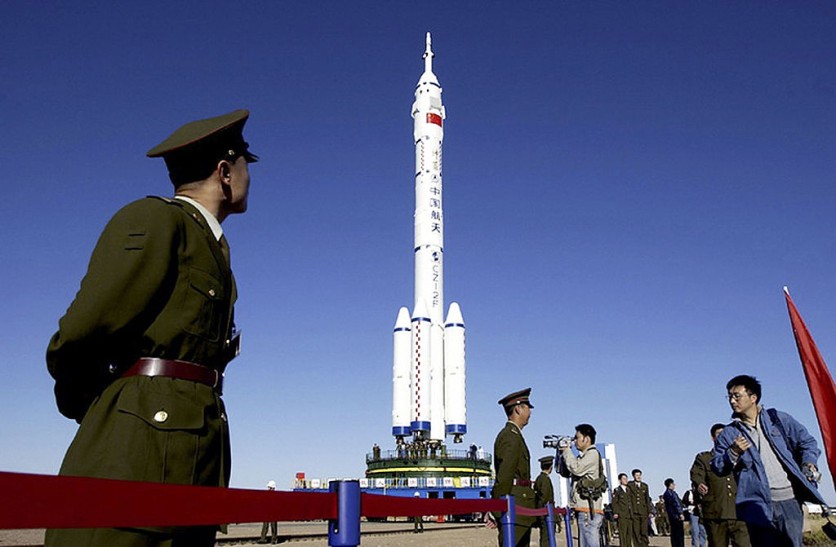The Chinese space station's first core module, which launched on Wednesday, Apr. 28 EDT, has been spotted from Earth and will continue to be visible over the next several days.
The Tianhe-1 core module, also known as the Harmony of the Heavens, is the first of the five modules that will complete the Chinese space station slated to launch sometime in 2022.
Chinese Space Station Module Tianhe-1's Trajectory
Tianhe-1, the 22.5-metric-ton (24.802 ton) core module, has successfully reached low Earth orbit after launching from the Wenchang Spacecraft Launch Site on the island of Hainan on Wednesday, Apr. 28 at 11:23 p.m. EDT.
Since then, the Chinese space station module will continue to be visible from Earth, like any other satellites, but it will not be as bright as NASA's International Space Station (ISS). According to WRAL's report on May 3, Tianhe-1 will be visible from Earth on the following dates, time, and coordinates:
- Thursday, May 6: 5:27:25 a.m. from the northwest, reaches 37° above the horizon
- Saturday, May 8: 4:54:13 AM from the northwest, reaches 48° above the horizon
- Sunday, May 9: 5:25:22 AM from the northwest, reaches 65° above the horizon
- Monday, May 10: 4:23:08 AM from the northwest, reaches 66°
The Chinese space station named the Tiangong (Heaven's Palace) program is part of China's move to conduct its independent interstellar research that rivals that of NASA's research.

Long March 5B: When Will It Re-Enter Earth's Atmosphere?
Long March 5B, the rocket that carried the Chinese space station module Tianhe-1 to low Earth orbit, is expected to re-enter the atmosphere soon. China National Space Administration (CNSA) has not commented on the Long March 5B's crash into Earth, but experts and amateur space fans have been plotting the rocket's trajectory to predict its re-entry.
昨日中国から打ち上げられた、宇宙ステーション「天宮」のコアモジュール「天和」(48274/2021-035A)を撮影することができました。2021年4月30日3時12分に平塚から東の高い空に向けた望遠カメラで撮影した様子です。雲が多かったのですが、隙間を通過しました。0等程の明るさでした。 pic.twitter.com/pEGotbLFlp
— 藤井大地 (@dfuji1) April 29, 2021
Meanwhile, Aerospace predicted that the Long March 5B would reenter the Earth's atmosphere on May 10 UTC, and plotted where it could possibly crash.
Experts also speculate that the Chinese rocket would perform an active maneuver to help itself deorbit and land safely back to Earth, but CNSA has not mentioned its possibility.
On Apr. 30, SpaceNews reported that the Long March 5B has been orbiting the Earth roughly every 90 minutes, making it difficult to predict exactly when and where it would crash.
"It is always difficult to assess the amount of surviving mass and number of fragments without knowing the design of the object, but a reasonable "rule-of-thumb" is about 20-40% of the original dry mass," said Holger Krag, head of the Space Safety Programme Office for the European Space Agency.
Krag added that about 90 metric-tonnes (100 tons) of uncontrollable space debris had been reentering the Earth's atmosphere every year.
"This relates to about 50-60 individual events per year," he said.
Related Article: Russia, China Set to Collaborate and Open a Lunar Space Station to Study and Explore the Moon and Deep Space
This article is owned by Tech Times
Written by Leigh Mercer
ⓒ 2025 TECHTIMES.com All rights reserved. Do not reproduce without permission.




